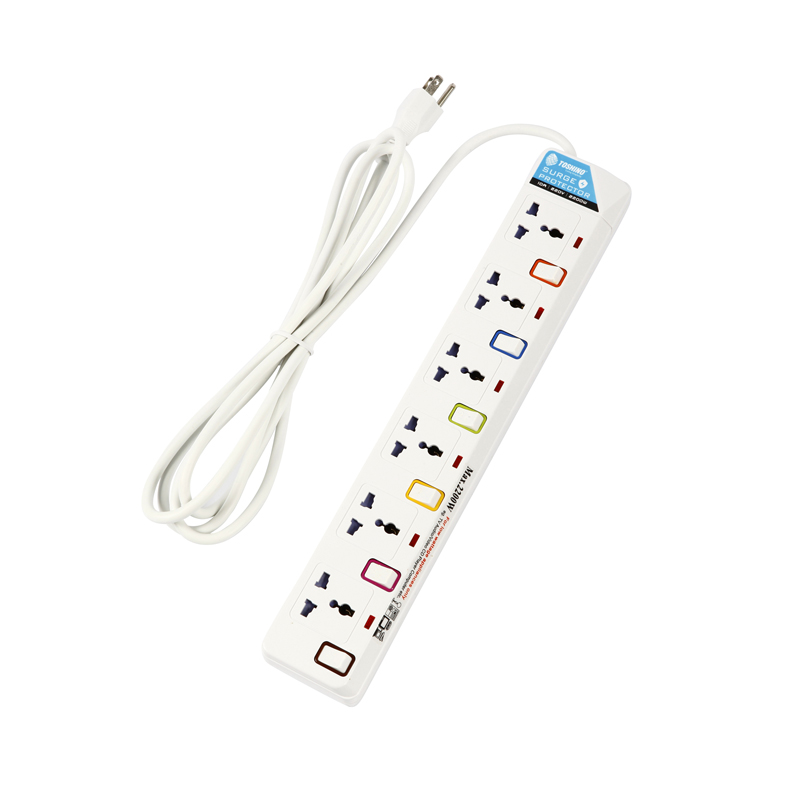

In northern Hudson Bay, breeding ecology of eider ducks has been intensively studied in relation to reproductive trade-offs and optimal reproductive strategies, as they relate to individual and parental characteristics. This frees researchers from the usual limitations on acquiring sufficiently large sample sizes of birds that can be manipulated in the field. Eiders are well studied in the circumpolar Arctic, because they are easy to mark, track and monitor over time. The eider is a model species for examining factors affecting breeding ecology. We use the migratory northern common eider duck ( Somateria mollissima, hereafter eider) to explore the effects of lead (Pb) contamination on hen eider condition, reproduction and survival in the presence and absence of intestinal parasites. The use of such anti-parasitic treatments (hereafter, APT) allows researchers to explore the effects of contaminants in isolation of parasitism. While researchers cannot modify levels of contaminants easily or ethically in wild populations, researchers can modify (reduce) background levels of parasitism through the use of anti-parasitic compounds. Studies are needed on the combined effects of parasites and contaminants if we are to predict dual effects of these stressors on migratory bird populations that reside in changing environments like the Arctic. Migratory species of birds are also predicted to be among those species most impacted by climate change. Other studies have demonstrated comparatively higher pollutant concentrations in migratory versus non-migratory animals. For example, increased macroparasite richness in migratory when compared with non-migratory species is seen for both birds and ungulates. The travels of such species expose them to a diversity of conditions across wide geographical gradients, and the energetic stress of migration may make them more susceptible to stressors. Migratory species are understudied in the context of dual impacts of contaminants and parasitism. In particular, research has accelerated rapidly into the combined impacts of environmental contaminants and parasitism on host health, reproduction and/or survival and whether impacts are additive, synergistic or compensatory, and how susceptibility to one factor influences susceptibility to the other. Natural populations are exposed to different environmental stressors, and interest in how these stressors interact has increased recently. We conclude that variation in helminth parasitism influences survival in this migratory bird in counterintuitive ways. We weigh the merits of different hypotheses in explaining our results, including protective bioaccumulation of Pb by parasites, condition-linked thresholds to costly reproduction and the direct effects of APT on eider health. The arrival date of hens explained some, but not all, of the effects of Pb. These contrasting patterns suggest a long-term benefit to survival of intestinal parasitism in eiders experiencing Pb exposure. In comparison, a negative effect of Pb on resight probability the following year was observed only in the anti-parasitic treatment (APT) group.

Breeding propensity and clutch sizes were inversely related to Pb in both treatment groups. In 20, we treated northern common eider ducks ( Somateria mollissima) arriving at a breeding colony with either a broad-spectrum antihelminthic (PANACUR ®) or distilled water, and measured their blood lead (Pb) levels. Field experiments where parasites are removed through treatment and contaminant levels in host tissues are recorded can provide insight into the combined effects of parasitism and contaminants in wild populations.


 0 kommentar(er)
0 kommentar(er)
